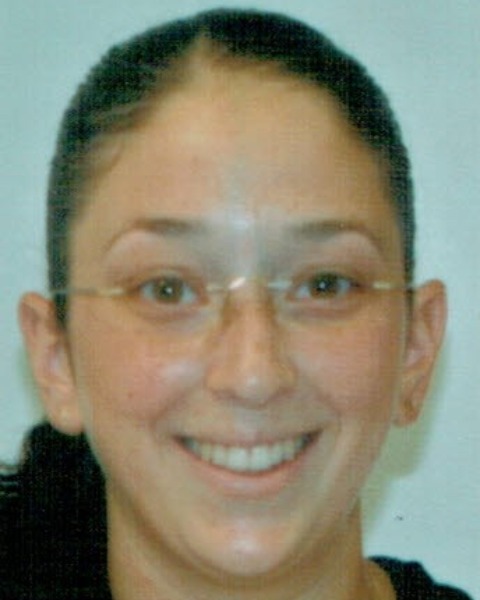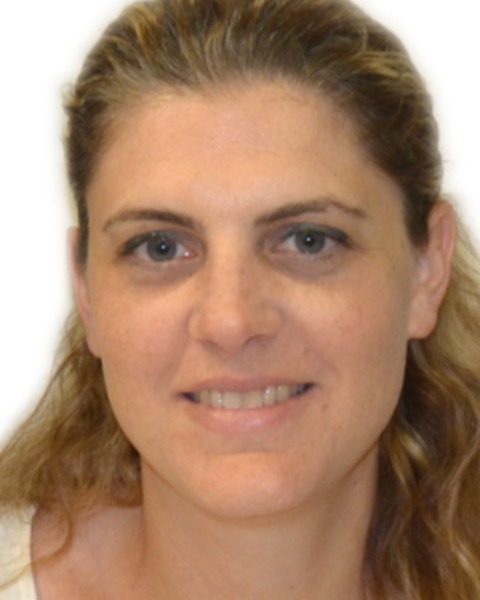Category: Labor
Poster Session III
(740) Optimizing Labor Induction Methods for Maternal Indications
Study Design: A retrospective cohort at a single tertiary medical center from 2010 to 2021. All term primiparous singleton pregnancies who underwent induction of labor for hypertensive disorders, diabetes or prolonged pregnancy were included. Exclusion criteria were Bishop score > 6, non-cephalic presentation, or any contraindication for vaginal delivery. Eligible women were divided into two groups according to ripening method: prostaglandin E2 (PgE2) or catheter ripening balloon (CRB). Primary outcome was the time interval from induction to delivery. Secondary outcomes included additional maternal and neonatal parameters.
Results:
338 women were induced for hypertensive diseases: 284 (84%) with PgE2 and 54 (16%) with CRB; 477 women were induced for diabetes: 383 (80.3%) with PgE2 and 94 (19.7%) with CRB; and 539 were induced for prolonged pregnancy: 436 (81.3%) with pgE2 and 103 (18.7%) with CRB. As shown in table 1, there were no significant differences in baseline maternal or labor characteristics, except for lower oxytocin augmentation rate in the PgE2 group (p < 0.05).
Time interval from induction to delivery was statistically significant only when the indication for induction was prolonged pregnancy, being shorter by using PgE2 for induction (24.1 vs. 29.3 hours, p< 0.05). The neonatal intensive care unit admission rate was significantly lower in the PgE2 compared with the CRB induction group only when the indication for induction was maternal hypertensive disease (5% vs. 15%, p< 0.05). No other significant differences were found.
Conclusion: In our population we found an advantage of using PgE2 for labor induction in patients induced for prolonged pregnancy, in terms of shorter time interval from induction to delivery.

Gal Bachar, MD (she/her/hers)
Rambam Healthcare Campus
Haifa, Israel
Amir Wolfovitz, MD (he/him/his)
Rambam Medical Center
Haifa, Israel- HA
Hiba Abu-Rass, MD
Rambam Medical Health Campus
Haifa, Israel, Israel - YA
Yousef Abboud, MD, PhD
Rambam Medical Health Campus
Haifa, Israel, Israel - RB
Ron Beloosesky, MD
Rambam Medical Health Campus
Haifa, Israel, Israel 
Dana Vitner, MD
Rambam Health Care Campus
- NG
Nadier GHANIM, MD
Rambam Health Care Campus
Haifa, Israel, Israel 
Yuval Ginsberg, MD (he/him/his)
Deputy Ob/Gyn department
Rambam Medical Health Campus
Haifa, Israel
Yaniv Zipori, MD
Rambam Healthcare Campus
Binyamina, HaZafon, Israel- ZW
Zeev Weiner, MD
Rambam Health Care Campus
Haifa, Israel, Israel - NK
Nizar Khatib, MD
Rambam Healthcare Campus
Acre, Hefa, Israel

.png)
